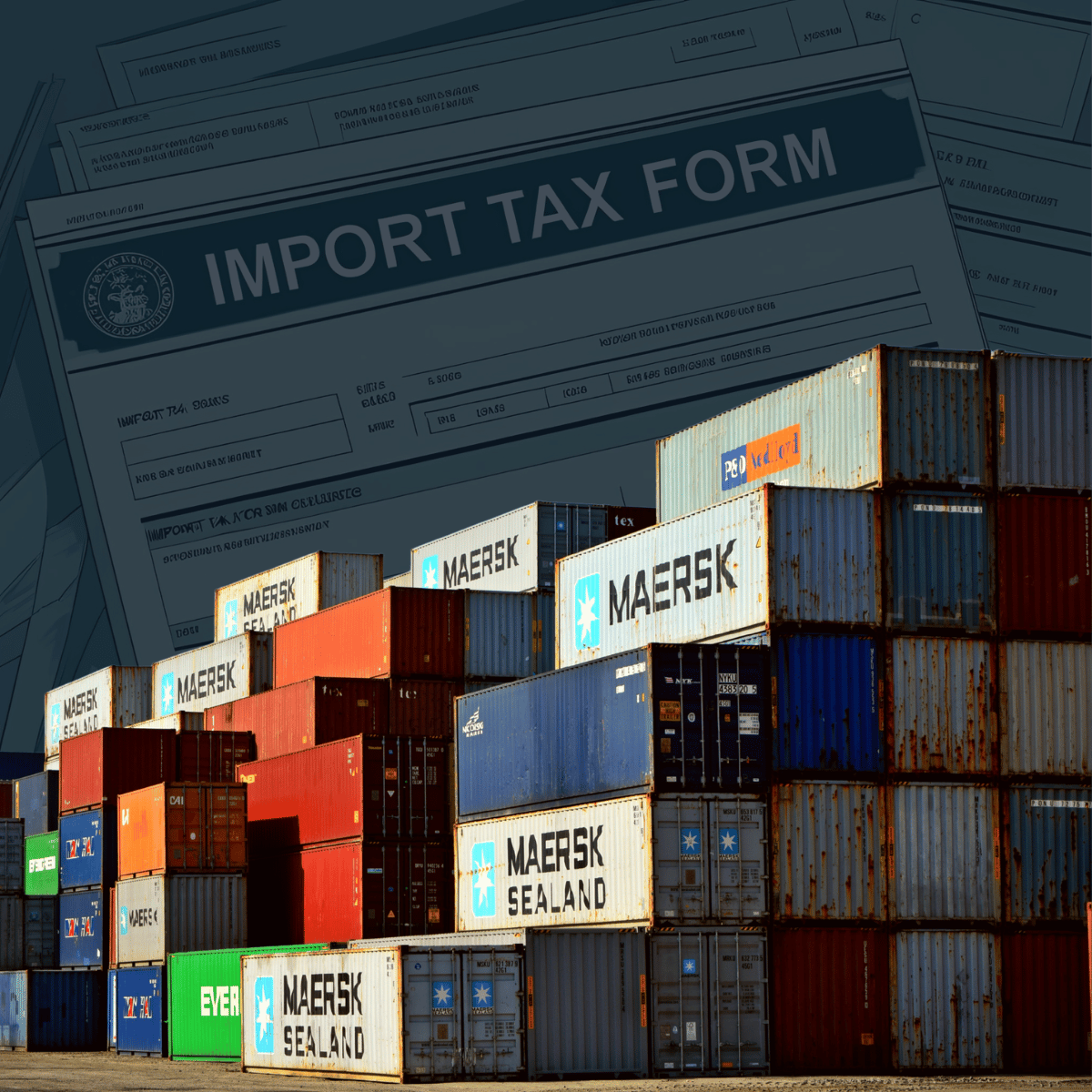Import tax, also known as customs duty or import tariff, is a fee imposed by governments on goods entering their country from abroad. This fee can significantly affect your bottom line, particularly with rising tariffs and ever-changing global trade policies.
Import tax serves multiple purposes, from generating revenue for governments to protecting domestic industries and controlling the flow of goods. For the tech industry, where complex goods like semiconductors, electronics, and high-tech components are frequently exchanged, understanding import taxes is more crucial than ever. Dual-use goods are subject to stricter controls and higher taxes, adding a layer of complexity for businesses involved in tech imports.
As international trade dynamics shift, understanding import taxes becomes more critical, especially when dealing with complex sectors like technology. Major trade economies, particularly the United States and China, are reshaping their tariff structures in response to shifting economic priorities and protectionist policies.
The Changing Terrain of Import Taxes
The global landscape of import tax is evolving quickly. As trade wars and protectionist measures ramp up, countries are adjusting their import taxes, especially on high-value sectors like AI. A notable shift is the rise in reciprocal tariffs, particularly from the US, designed to protect domestic markets. These increased import taxes target key sectors like GPUs, semiconductors, and even renewable energy components.
Several key trends are influencing the way import duties are applied to tech imports:
Increased Tariffs and Protectionism
A significant global trend in 2025 is the rise of protectionism and increased tariffs, particularly from the United States. The US has been particularly active in imposing “reciprocal tariffs,” meaning if one country raises its import tax, others retaliate with similar measures.
- Why is this happening? These import taxes are part of broader efforts to protect domestic manufacturing industries and address perceived unfair trade practices by major players like China.
Targeted Sectors: Tech, Semiconductors, and Electronics
Technology remains one of the most targeted sectors for import tax due to its strategic importance to national security and economic development. Semiconductor products, smartphones, and computer parts are especially affected. Importers in the tech sector need to stay updated on these shifts to ensure they don’t face unexpected costs when bringing in these goods.
Supply Chain Reshaping: Diversification of Sources
Due to import tax volatility and ongoing geopolitical tensions, many companies are diversifying their supply chains. There is a move away from over-reliance on China, with businesses increasingly turning to nearshoring (e.g., Mexico and Canada), friendshoring (working with nations with aligned economic or political interests), and reshoring (bringing production back home). These shifts help mitigate the impact of high tariffs.
Harmonized Tariff Schedule (HTS) Codes
For businesses, the HTS codes are pivotal in determining the exact customs tax applied to specific tech goods. These classification codes, based on the nature and value of the goods, dictate the rate. Properly classifying goods can help minimize tax exposure and ensure smoother importation processes.
VAT and Other Duties
Beyond import duties, many countries levy Value Added Tax (VAT) and other specialized taxes, such as anti-dumping duties and countervailing duties. These taxes often apply in addition to the customs duty and can significantly affect the total cost of tech goods.
When imports are not structured correctly, VAT becomes a sunk cost. TecEx’s solution considers both IOR and VAT recovery, streamlining the recovery process.
Policy Volatility
Trade policies remain highly dynamic in many regions. The frequent changes, delays, and policy reversals on tariffs create a volatile environment for importers.
How Import Tax Works
Understanding the Basics
When importing goods, the import tax is typically calculated based on the value of the goods, which may include shipping and insurance costs. Import taxes are influenced by several factors:
- Product Type: Some products are taxed more heavily than others.
- Origin: Fees vary depending on where the product is sourced.
- Country Policy: Each country has different tax rates, exemptions, and trade agreements.
For example, goods entering Brazil are taxed at higher rates, ranging from 0% to 96% under the Mercosur Common Nomenclature (NCM) system. In contrast, Spain, a European Union member, typically imposes lower import duties (0%-21%) thanks to the EU’s Common Customs Tariff.
By using a Harmonized System (HS) code, you can classify goods to determine the exact tax rate. However, the import tax rate may also be influenced by bilateral trade agreements or exemptions.
Import Tax Documentation
Proper documentation is crucial to accurately determining import taxes and ensuring compliance.
Key documents include:
- Commercial Invoice (CI)
- Bill of Lading (BoL) or Airway Bill (AWB)
- Packing List
- Certificate of Origin (CO)
- Import Licenses and Certifications (if required)
These documents provide essential details about the imported goods, helping customs authorities calculate the appropriate import tax.
Duty-Free and Import Tax
While navigating import tax, it’s essential to understand the concept of “duty-free” goods. Duty-free items are often purchased in specific zones, such as airports or trade zones, without paying import duties. However, this doesn’t always mean they are entirely tax-free. Many countries set limits on the quantity or value of duty-free goods allowed.
TecEx’s app can help you stay on top of these duty-free allowances and calculate potential taxes if shipments exceed the limits.
Accurate Import Tax Calculation
Understanding import tax isn’t just about compliance. It’s also about making smart business decisions. Whether you’re forecasting costs, optimizing your supply chain, or ensuring VAT recovery, accurate tax calculations are crucial.
TecEx’s App provides up-to-date, precise calculations for import taxes, ensuring no surprises when planning your imports. With its dynamic approach, our app reflects current global trade trends, including recent tariff hikes and protectionist policies in key markets.
How to Stay Ahead: What Businesses Can Do
With import tax policies in constant flux, staying informed and prepared is essential for smooth international trade. Here’s how businesses can stay ahead:
-
Check Official Customs Websites Regularly
The most accurate and up-to-date information about import taxes will always be available on the official customs websites of the respective countries.
-
Use HTS Codes Correctly
Every tech product has an HS code (Harmonized System code), which determines the applicable tariff rate. Ensure that you accurately classify your goods to avoid paying higher duties than necessary.
-
Work with Experts
Importing goods, especially tech products, can be tricky due to the intricacies of import taxes, VAT, and other duties. Customs brokers or trade compliance consultants can help businesses navigate these complexities and stay compliant with ever-changing rules.
-
Use Import Tax Calculation Tools
Using tools like the TecEx App helps you calculate accurate import duties and VAT rates for specific destinations. These tools ensure you’re never caught off guard by hidden costs and provide clarity for forecasting import expenses.
Mastering the Global Import Tax
Navigating import tax requires vigilance, flexibility, and up-to-date knowledge of shifting policies. With the global trade environment in constant flux, especially in the tech sector, staying informed about the latest tariff rates, VAT changes, and trade policy updates is crucial for maintaining a competitive edge.
Whether you’re importing smartphones, semiconductors, or high-tech machinery, understanding the nuances of import tax will help you make smarter business decisions, optimize your supply chain, and protect your profit margins.
TecEx’s comprehensive solutions and VAT compliance tools are designed to help you effortlessly navigate complex global trade regulations. Don’t let import tax be a barrier to your global growth. Contact us today and start making informed decisions for your business’s success in international trade.



